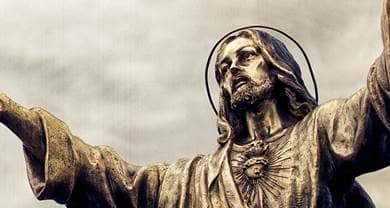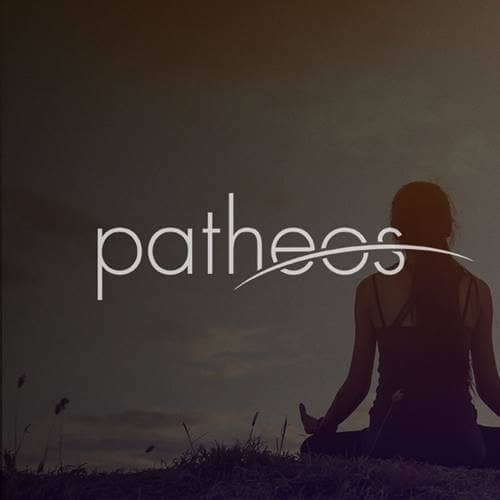- Trending:
- Pope Leo Xiv
- |
- Israel
- |
- Trump
- |
- Social Justice
- |
- Peace
- |
- Love

RELIGION LIBRARY
Lutheran
Schisms and Sects
While there have been tensions within the Lutheran church (between rationalists and pietists, between those closer to or further from Reformed theology, etc.) there were few schisms in Lutheranism for much of its history. Lutheranism spread quickly from Germany to Scandinavia (Norway, Sweden, Finland, Iceland, and Denmark), and is the official state church of Denmark, Sweden, and Finland. It has been more closely tied to the specific languages and cultures of the regions in which it was dominant. In Scandinavia these are called "folk" churches. As a result, divisions within Lutheranism have tended to be along national lines. It is only in the 1980s that different Lutheran groups descended from immigrants to the United States have banded together into non-ethnic synods.
There have been some splits. In Prussia in 1817, King Friedrich Wilhelm III took the occasion of the 300th anniversary of the Reformation to form the Evangelical Union, which united Lutheran and Reformed churches with a common liturgy. Part of his motivation was personal-the king was Reformed, his wife Lutheran, and they wanted to celebrate the Lord's Supper together. But major theologians like Friedrich Schleiermacher (1768-1834) agreed that the doctrinal differences between the confessions had become so small that to maintain separate congregations was becoming anachronistic. John Scheibel, a Lutheran deacon in Breslau, refused to accept the union, and when he was deposed from office he formed a sect known as the "Old Lutherans." For a while they were persecuted, then recognized as a separate Lutheran sect, and eventually their numbers dropped to insignificance.
In the 1930s, Adolf Hitler attempted to co-opt the Lutheran Church into alignment with Nazism. He was largely successful in Germany, though Danish and Norwegian Lutherans resisted. He was aided in his efforts by two factors: 1) the close link between Lutheranism and German culture (Lutheranism as a folk religion), and 2) a Lutheran tradition of anti-Semitism. Martin Luther had at first been an advocate of Jews, seeing in them heroic resistance to what he saw as the tyranny of the Roman Catholic Church. He was convinced that the Jews, the Chosen people of God, would come over to true Christianity as he conceived of it. But after the Reformation was underway and Jews still did not convert to Lutheran Christianity, he turned on them, seeing them not as resisters to Rome but as enemies of Christianity. While this is not modern anti-Semitism in the sense that it is not tied to theories of blood and race regardless of religion, it did lead to many anti-Jewish sermons in Germany that gave rise to pogroms. A small number of Lutherans resisted Hitler's overtures and formed a separate movement, called the "Confessing Church." This church, which opposed Nazi anti-Semitism, was founded by Dietrich Bonheoffer (1906-1945), Martin Niemöller (1892-1984), and Karl Barth (1886-1968). They were resisted by those who supported Hitler, who called themselves "German Christians." Bonhoeffer was imprisoned by the Nazis for helping Jews escape to Switzerland, and was executed after his role in a plot to kill Hitler became known.
In the United States, Lutheran immigrants formed separate synods that were largely based on the language and country of origin of the immigrants. In the 1620s, some Scandinavian and Dutch Lutherans settled in New York and New Jersey. Many German Lutherans immigrated to Pennsylvania, beginning in the 18th century and coming in large numbers in the 19th century. Henry Melchior Mühlenberg (1711-1787), trained at the University of Halle, formed the first American Lutheran synod in Pennsylvania in 1748. The Lutheran Church-Missouri Synod was founded by immigrants from Prussia unhappy with the union with the Reformed church. They have proudly remained independent as other American Lutheran synods have merged. Because most Lutheran immigrants settled in the northern regions of the U.S., Lutheranism was less torn by the Civil War than were Methodist, Baptist and Presbyterian churches. Some southern Lutherans opposed slavery, but after the southern states seceded five synods south of the Mason-Dixon line formed the Evangelical Lutheran Church in the Confederate States of America.
More divisive for Lutherans were disputes over the Augsburg Confession. Lutherans who had emigrated from Germany, sometimes under persecution, did not like what they saw as lax American standards toward pure doctrine. Samuel Simon Schmucker (1799-1873), born in the U.S. to German immigrants, was the founder of Gettysburg Seminary. (He was also on the board of Dickenson College, which was dominated by Presbyterians.) An advocate of women's education (he founded a school for girls) and minorities (he admitted Daniel Alexander Payne, the first black student at Gettysburg Seminary), he believed that the Lutheran church must adjust to its American context. In 1855, he authored the Definite Synodical Platform calling for a revision of the Augsburg Confession for Americans. He objected to some of its more Catholic aspects. This led to a series of controversies between "Platformists" (supporters of Schmucker) and "Symbolists" (Symbol is the German term for "creed"), more conservative confessionalists, often born in Germany not America. In 1864, these more conservative Lutherans founded their own seminary in Philadelphia, and in 1866 split with the Lutheran Synod to form their own synod based on the "Unaltered Augsburg Confession in its native, original and only true sense." They took control of the Missouri Synod, the Norwegian Synod, and the Joint Synod of Ohio.










